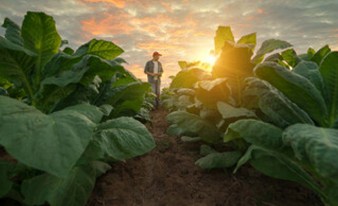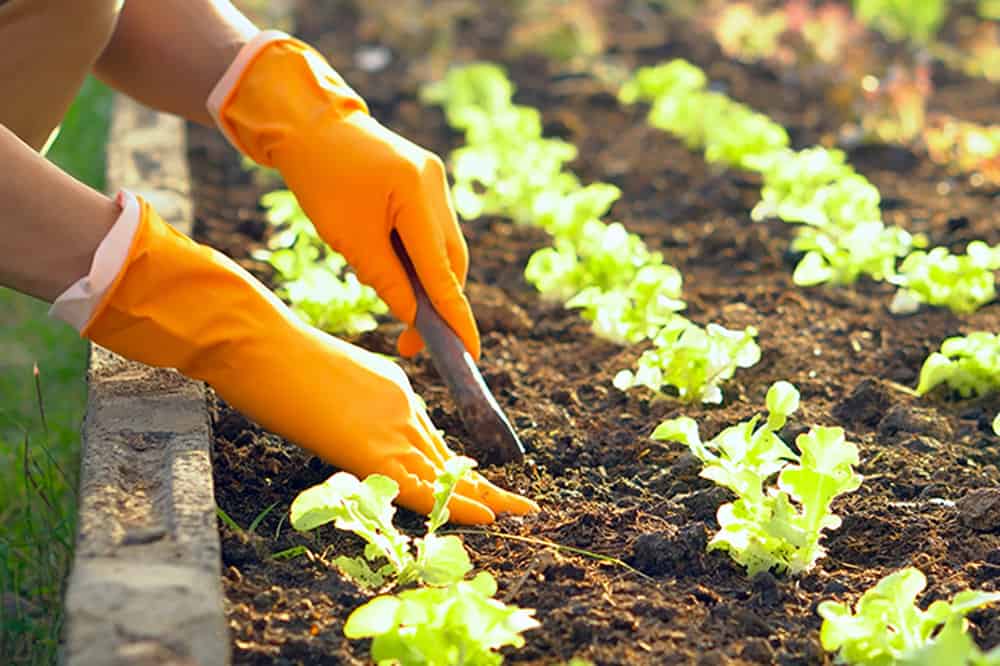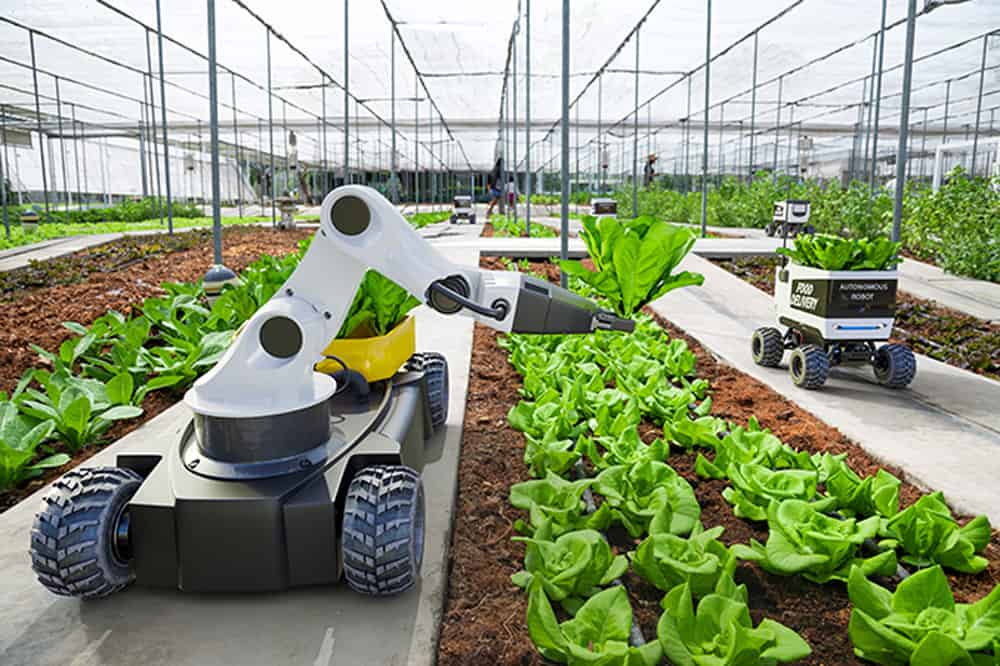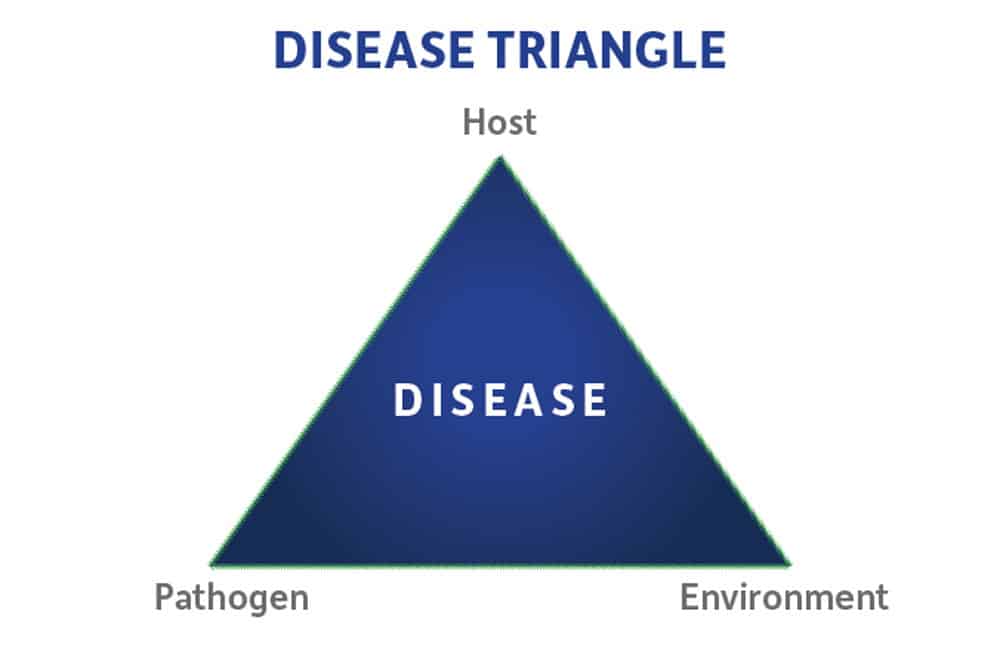As climate change continues to impact crop performance, water and nutrient management have never been more important
Water and nutrient management are already complex pieces of the puzzle farmers must navigate for a successful season. But the complexity is growing each year as climate change contributes to increased drought and water shortages around the world, putting agriculture’s ability to produce the world’s food into question.
And the impact of prolonged periods of drought is being felt around the world — from the U.S., where more than 43 percent of states are currently experiencing droughts, to northern Italy, which is facing its worst drought in 70 years.
Other countries are also facing record-breaking droughts and increased temperatures. France is experiencing its worst drought since 1958, and Portugal is reporting 99 percent of its country is facing water shortages. England’s National Drought Group says some of its rivers could have up to 80 percent less water during summer and temperatures could be up to 7 degrees hotter because of climate change.
This is why better water and nutrient management is more important than ever across the globe.
Worldwide Droughts Threaten Crops
Why are these intense droughts a problem? Beyond plants needing water to grow, dry soil can’t absorb nutrients, leading to high salinity levels in the soil and exacerbating problems for growers.
But, with some adjustments, growers can still maximize these resources for better yields and a higher quality harvest.
Water shortages around the world, combined with rising temperatures, are reducing overall farming and food production. In the U.S. alone, the National Integrated Drought Information System says more than 130 million people and 229 million acres of crops are currently affected by drought.
Many experts predict dry conditions and hotter temperatures will persist in many of the world’s regions, amplifying megadroughts and continuing to degrade soil fertility.
The situation pressures farmers to think more creatively and strategically to continue producing food efficiently.
5 Ways to Improve Water and Nutrient Use in Your Crops
Although the situation sounds dire — and is, in fact, serious — growers across the globe are researching methods to conserve water and improve soil health, so they can continue producing quality crops to feed people.
Through continued innovation and adjustments to their production, growers are helping their crops maximize water and nutrition use. Below are some methods being used to combat climate stressors.
1. Dry Farming
Instead of relying on irrigation, dry farming is a strategy of bringing specific tilling practices to certain areas that receive at least 20 inches of annual rainfall. The moisture stored in the soil from that rain is what supplies water to the crops.
While Oregon State University’s Extension acknowledges this may not be a solution for all crops, with some reporting 25 to 50 percent lower yields compared to irrigated crops, some crops do well with this method. Beans, melons, potatoes, squash, pumpkins, and tomatoes are among crops that respond well to this method, with the extension reporting these crops grown via dry farming have enhanced vegetable flavors as well.
2. Capturing and Using Floodwater
Capturing and storing flood water for irrigation is another way farmers recharge their groundwater stores.
This method takes advantage of a different kind of weather extreme — when there is too much water — to help avoid downstream damage, while enhancing groundwater supplies.
During this process, growers near canals, rivers, or other flood zones use water-capturing basins to pool floodwater so it sinks back into the ground to replenish aquifers below the land, making water accessible to growers and communities during times of drought.
California water consultants say aggressively capturing and storing floodwaters could help replenish up to 40 to 50 percent of the current groundwater deficit, depending on the flooding.
While this method may not solve all water-deficit problems, it is prompting some areas to purposefully create water basins to “recharge” aquifers that provide water to growers and nearby communities.
3. Using Cover Crops to Improve Soil
After harvest season, planting cover crops can boost soil fertility and water quality. Plants from the cover crop act as a trap to keep water and nutrients from fertilizers or organic materials in place until the following year’s crop can utilize them.
Over time, cover crops help increase the overall organic matter in the soil, leading to soil structure improvements and stability. Farmers can usually expect alleviated compaction and improved nutrient management by the second or third year of planting cover crops.
The Census of Agriculture says cover crops help stabilize — and even increase — yields and improve moisture availability during increasingly erratic weather. In fact, its data shows using cover crops has grown 15.2 percent between 2012 and 2017. As a bonus, this strategy also helps manage weeds, diseases, and pests. What’s more, some crops, such as legumes, can give farmers another revenue stream as they can be harvested and support the increasing demand for plant protein products.
4. Irrigating with Subsurface Drip
Subsurface drip irrigation is a low-pressure, high-efficiency irrigation system that uses buried drip tubes to water crops. Farmers in arid, semi-arid, hot, and windy areas with limited water supply use this type of watering strategy most often.
The practice saves water and improves yields by applying water directly to the root zones of crops, eliminating surface water evaporation and reducing weed and disease pressure.
Colorado State University research says using subsurface drip irrigation on strawberry, tomato, potato, cantaloupe, onions, and other vegetables has shown improvements in yield and quality.
Growers must make a higher initial investment to set up a subsurface drip irrigation system versus a traditional system, but they can see long-term benefits.
5. Diversifying Crops
Research has shown that planting the same crop over and over can negatively impact the soil. Different plants release different carbohydrates through their roots, which in turn are consumed by distinct microbes in the soil, returning various nutrients to the plants.
Through crop diversity, growers can create nutrient-dense soils that are better able to hold water.
Crop diversification typically means adding more crops to an existing rotation; replacing a low-value commodity with higher-value commodities, such as vegetables and fruits; or integrating livestock (also known as mixed farming).
Spreading production and economic risks over a broader range of crops reduces farmers’ financial risks associated with climate change impacts. It can be a more cost-effective way to develop more resilient soil and crops.
Growing Into the Future
The Earth’s warming climate has made the western U.S. drought 40 percent more severe, making it the region’s driest stretch since the year 800, according to “Nature Climate Change.” The study predicts there’s a strong chance the drought will continue through 2030. A UN Report called “Drought in Numbers, 2022” reports that more than 75 percent of the world could face drought by 2050.
At the same time, the UN projects the global population will increase from a population of around 8 billion in 2022 to 10.4 billion by the end of the century, which will require food production to increase nearly 70 percent by 2050.
Farmers that steer toward solutions to address degraded water cycles and the loss of soil fertility will thrive.




 Argentina
Argentina Australia
Australia Belize
Belize Brazil
Brazil Chile
Chile China
China Canada
Canada Colombia
Colombia Costa Rica
Costa Rica Dominican Republic
Dominican Republic El Salvador
El Salvador Europe
Europe Guatemala
Guatemala Honduras
Honduras India
India Mexico
Mexico Nicaragua
Nicaragua Panama
Panama Peru
Peru Philippines
Philippines South Africa
South Africa Tacchino
Tacchino